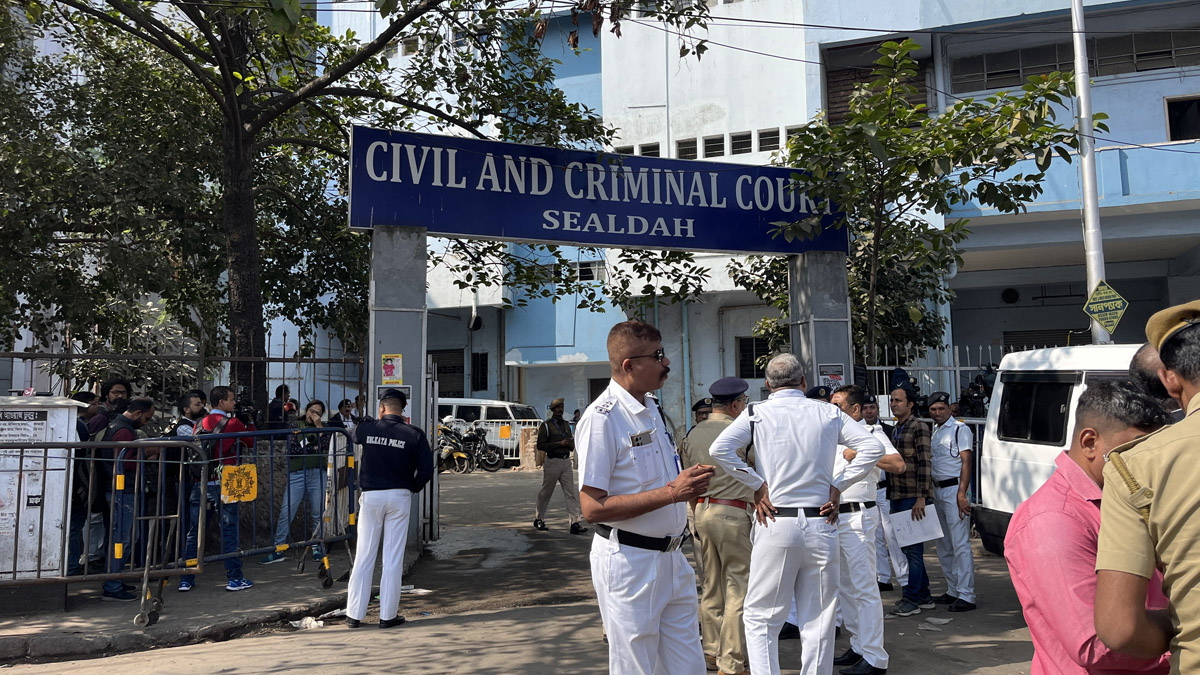The analysis of samples collected from the body of the murdered female doctor at R G Kar Medical College Hospital in Kolkata showed samples of female DNA along with that of convict Sanjay Roy, according to a report.
This was mentioned in the Central Forensic Science Laboratory (CFSL) report submitted to the local court that heard the matter, according to Hindustan Times.
The report said that female DNA was found in a "very poor percentage". "From the analysis of the nipple swab [collected from the victim’s body], it appears that it contained [a] 100 per cent DNA profile of the accused Sanjay Roy and there was obviously full DNA profile of the victim. But in the... nipple swab, [the] very poor percentage of another female DNA was found," the report quoted from the 172-page court order.
This has raised doubts about whether another woman was involved in the crime or whether the autopsy was contaminated.
The Central Bureau of Investigation (CBI), which conducted a probe into the incident, told the court that there was a probability that the swab was contaminated. The claim was seconded by a CFSL scientist. The lawyers of the victim's father argued that the contamination was carried out with a malafide intention to make the accused appear clumsy and to shield the others.
Also read
Another female DNA was found in the anal swab, nipple swab, and vulvar mop collected at the time of post-mortem. The court report noted the argument raised by the complainant that some other female was involved in the crime but was kept behind the curtain intentionally. They pointed out this as a reason for reinvestigation.
However, the court was also shown an autopsy video wherein other female bodies were seen lying on the floor of the room. The lawyers argued that the table where the autopsy was being carried out was not properly sterilised before the autopsy.
The court concluded that the concerned assistant did not change the gloves or apron before taking the swab. It said the video proved that the knives and scissors used for post-mortem were not sterilised. No proper protocol was followed and the doctors who conducted the examination had no other option but to do their duty in such poor infrastructure, the court added.



